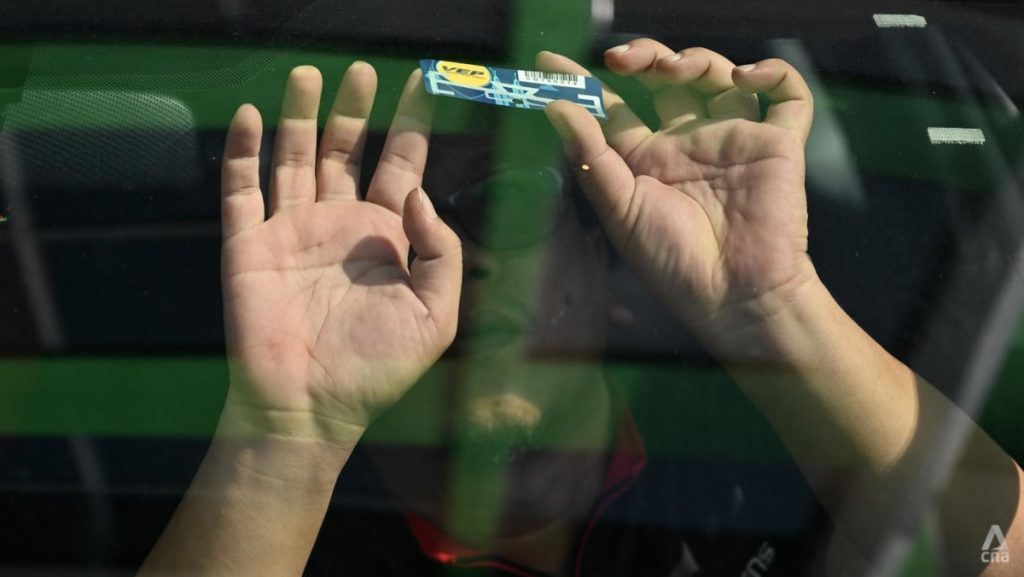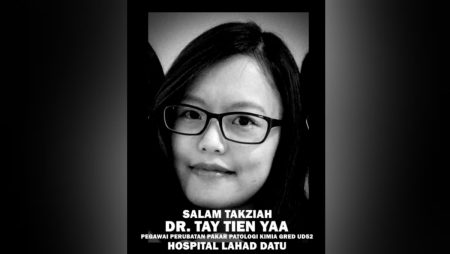The Malaysian Road Transport Department, JPJ, has appointed a vendor company called TCSens, located in Danga Bay, Johor Bahru, to handle queries from Singapore drivers. CNA visited the TCSens office and observed a crowd of around 40 people waiting for their turn after collecting a queue ticket, with some expressing dissatisfaction over long waiting times. Sgcarmart’s Mr. Chan advised Singapore drivers to understand and accept that Malaysia has a different administrative process compared to Singapore. He emphasized the need for Singaporeans to exercise patience when dealing with Malaysian authorities, as the processes may not be as clear-cut as they are used to.
Observers highlighted that it was crucial for Singapore drivers to respect and adhere to policy changes surrounding the Vehicle Entry Permit (VEP), particularly since Singapore enforces VEP for Malaysian vehicles as well. Malaysian motorists entering Singapore are required to have a valid VEP obtained through Singapore’s Land Transport Authority’s One Motoring website, with fees of S$35 per day after the first 10 days waived. Mr. Hezeri emphasized that VEP is not just a means for the Malaysian government to collect fines from Singapore drivers but serves the broader purposes of urban planning and border protection. Mr. Chan stressed that as visitors, Singapore drivers must comply with the changes in Malaysia’s enforcement policies.
Despite frustrations among Singapore drivers due to the historical delays and postponements in implementing VEP by Malaysia, Mr. Chan urged drivers to view it as part of co-existing with a neighboring country. Malaysia had attempted to implement VEP back in 2017 under the then-transport minister Liow Tiong Lai, but technical issues and poor implementation during a pilot project led to delays. Some Singapore drivers, like Mr. Ben Lee, expressed skepticism over the effectiveness of the VEP implementation given past failures, while Mr. Chan emphasized the importance of adhering to Malaysia’s requirements as visitors. He urged Singaporean drivers not to feel encumbered by the additional steps but to accept it as part of the relationship with Malaysia.
Mr. Chan acknowledged the discomfort and shock Singapore drivers may feel about having to deal with the added step of obtaining a VEP before entering Malaysia. He explained that while it may be an inconvenience, it is essential to comply with Malaysia’s regulations as part of being a responsible visitor. Despite past setbacks and frustrations, Mr. Chan emphasized the need for Singapore drivers to understand and accept the policy changes surrounding VEP and to be patient when dealing with the administrative processes in Malaysia. Ultimately, he believes that adapting to these requirements is essential for co-existing peacefully with Singapore’s neighbor.















